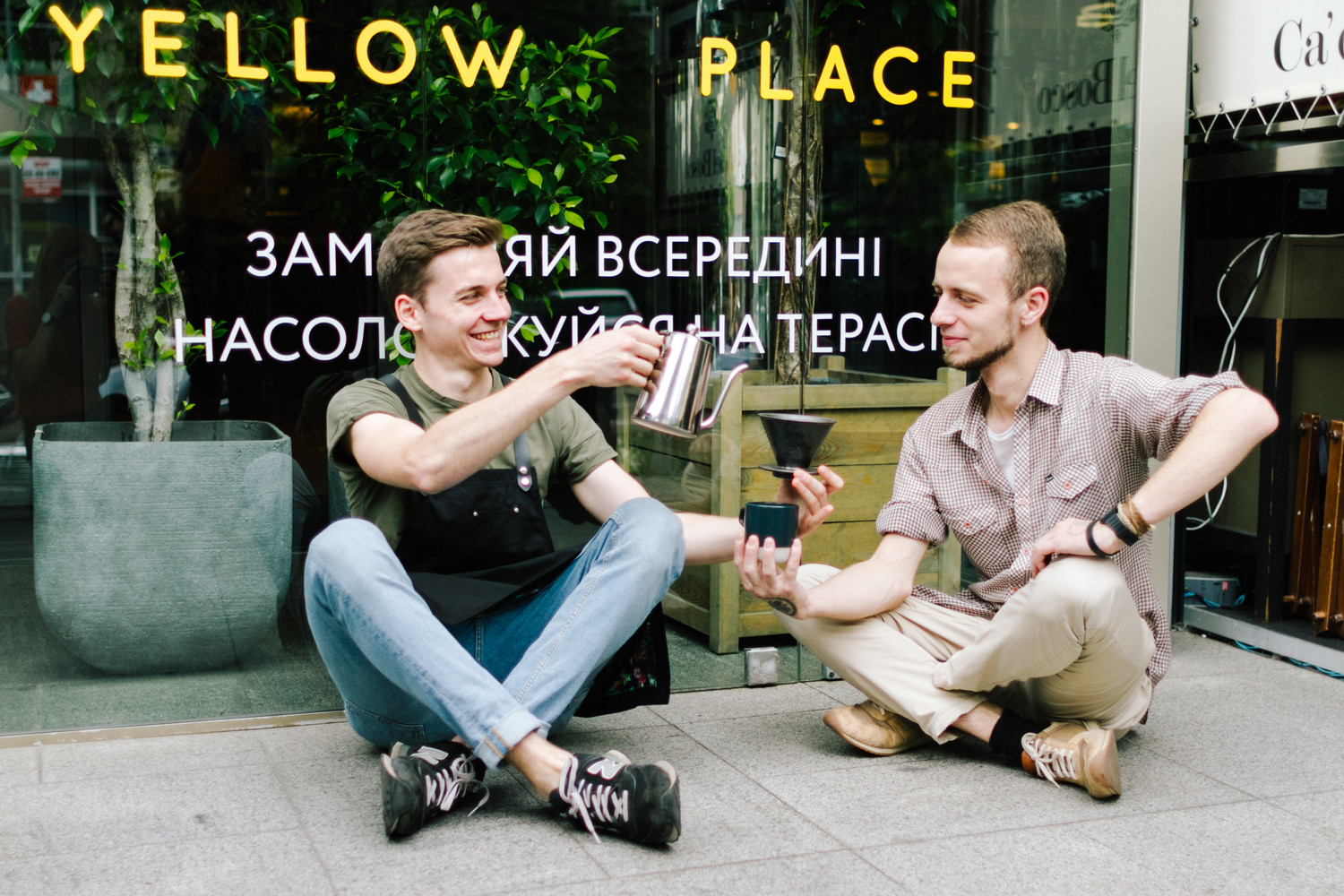
Cafe Hopping in Ukraine: Yellow Place
Ukraine has its history with coffee. A legend tells about Yuriy Kulchytsky, a Cossack (member of a Cossack military unit) who volunteered to seek an outside help for the city of Vienna which was besieged by Ottomans in 1683. While finding his way through an enemy’s camp he encountered Turkish soldiers who were singing and dancing actively even though it was late night. Surprised by that he found out that it was due to a strange black liquid brewed from the unknown beans that gave people this endurance. On his way out of the enemy’s camp he took a bag of these beans and made his way to Lviv where he found Cossack help for a besieged city. After they returned to the city he brewed a drink for tired Cossacks and everyone were surprised about how much energy it gave them. The siege was fought off easily and Yuriy Kulchitsky was given a right to open the first ever coffee shop in Vienna and later in Lviv.
We don’t know which part of this legend is true and what coffee was there in Osman bags, but it’s a fact that around the same time coffee was beginning to become known in Ukraine. The coffee itself was probably bought from travelling merchants across the country and cezve was adopted from Ottomans, was the usual method to brew it. Centuries ago people used to add different herbs and spices to enhance the flavor, no point to mention roasting profiles in those times. That traditional still keeps going through the ages as many people still have cezves from old times and their own family recipes for it. If you’ve visited 2017 World Of Coffee in Budapest you could’ve heard Ukrainian champion Anna Podolyak’s story about her cezve at the stage of WCIC (World Cezve/Ibrik Championship).
How it all started
This story is not only about cezve. Through the years coffee became a drink of many people in Ukraine, although we haven’t seen many espresso machines and grinders until the end of 1980s. Coffee, for different reasons, was a drink of both intellectuals and working class. We’re still talking about cezve or cupping-style coffee – espresso was mostly unknown.
At the same time instant coffee became very popular – still a headache for many modern baristas – and became a major part of Ukrainian coffee consumption from 1990s and up to our days. Coffee market grew, but, sadly, thanks to the instant powders that made people more used to drinking not-that-tasty-coffee (actually not tasty at all), and to drinking it in large volumes.
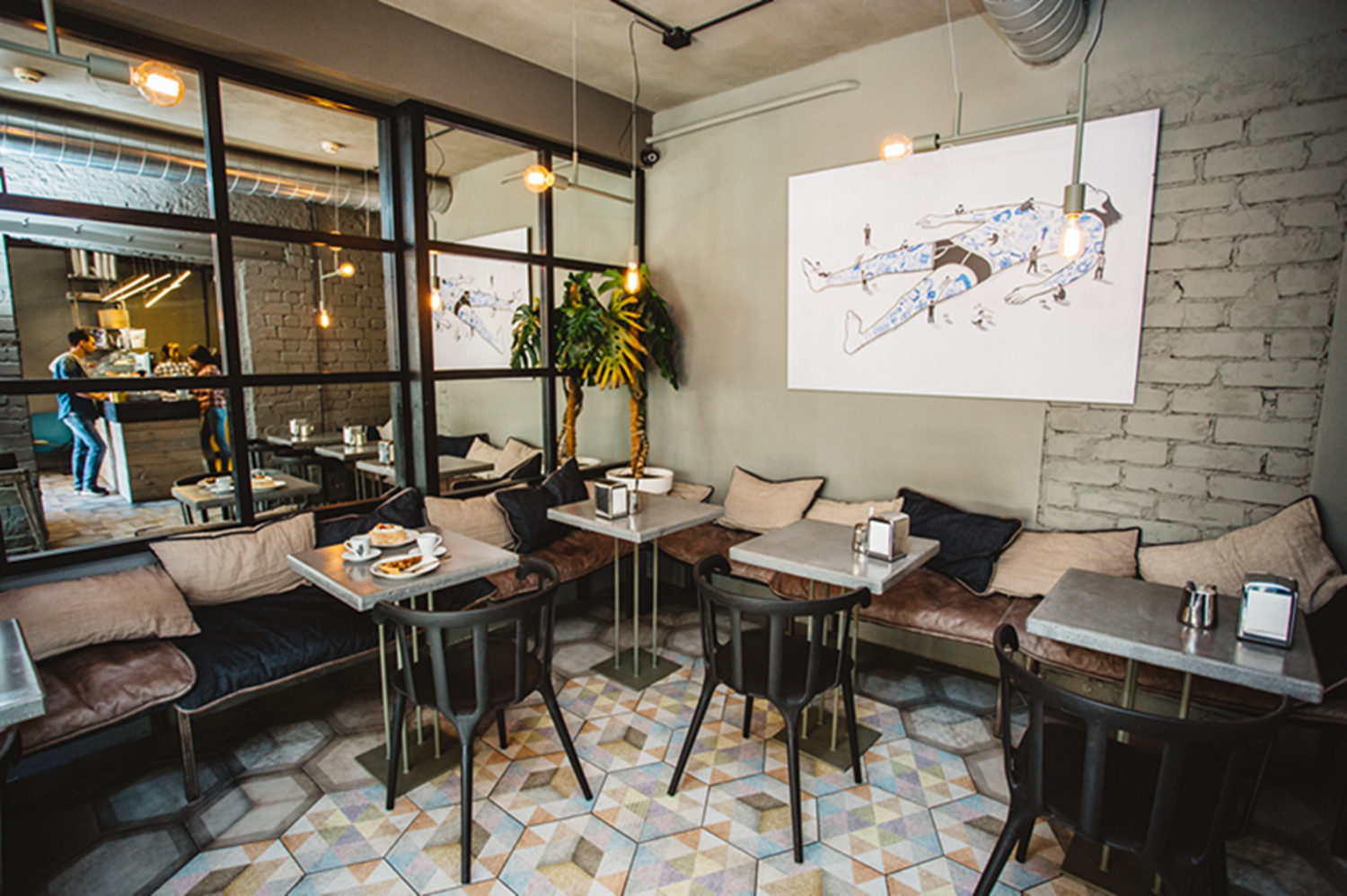
Cafe Hopping in Ukraine: Bimbo Coffee and More
Break through
But then came espresso. Well, not actually espresso, it was a thing that (due to too simple food safety and commerce laws) started around the beginning of 2000s – lots of small trucks that had an espresso machine and a grinder in their backs. They had awful coffee – nothing better than miscelas of 70/30 (arabica/robusta) that were imported from Europe and were roasted “Italian style”. For those times it was a breakthrough. People got to know espresso for the first time. It was a bad espresso – but a true single shot made with a machine. A sad thing of that time was that people did with their coffees (and some still do now): whipped cream, plethora of toppings and syrups, that make monstrous drinks and it can be hardly called “coffee”.
Through that coffee became known as espresso, but there still were people who looked for something more. First Ukrainian coffee roasters began their craft around the same time, beginning of 2000s. They began with roasting commercial blends that were popular back then – some Brazilian Santos with some Indian Robusta, etc.. Later roasters started experimenting and doing something that was unknown before: roasting single origin coffees, roasting lighter, roasting better. The craft of roasting in Ukraine changed.
So did the craft of making coffee. Even in 2012 there already were some coffee shops that still used imported blends, but they also began using high-quality equipment and training their baristas to make better coffee. Then colors also changed. Yellow, a small take-out coffee shop, was a 10 m2 place that made something different. Andrii Choockovsky (present SCA Ukraine Communication Coordinator) opened it as a place to radically change the Ukrainian coffee culture. Many people went there and many were surprised by how different their drinks were from what was on the market before. Without knowing, Yellow became one of the first places in Ukraine with a vision that we can call “modern” now. Fresh light roasted specialty coffee, manual-brewing methods, being open to experiments – this is how it was. The coffee shop opened in 2013 and was successful until its very end, when it was closed in 2016, as “a dream has already become a reality”.
And, in fact, it truly did. After 2013, thanks to Yellow’s radical influence Kyiv saw a boom of new, “third wave” coffee places. Now Ukraine has a growing number of coffee roasters with their own vision and ideas. Every year we see more green coffees imported to Ukraine, that were unknown for us before. The community has changed too. There are at least one or two public cuppings happening in Kyiv every week. That means that the taste preferences of community have changed across the last five years – people began to care more about the flavours they feel. Some of those who would be okay with drinking a simple americano on a random blend are now voting to drink some pour-over specialty single-origin.
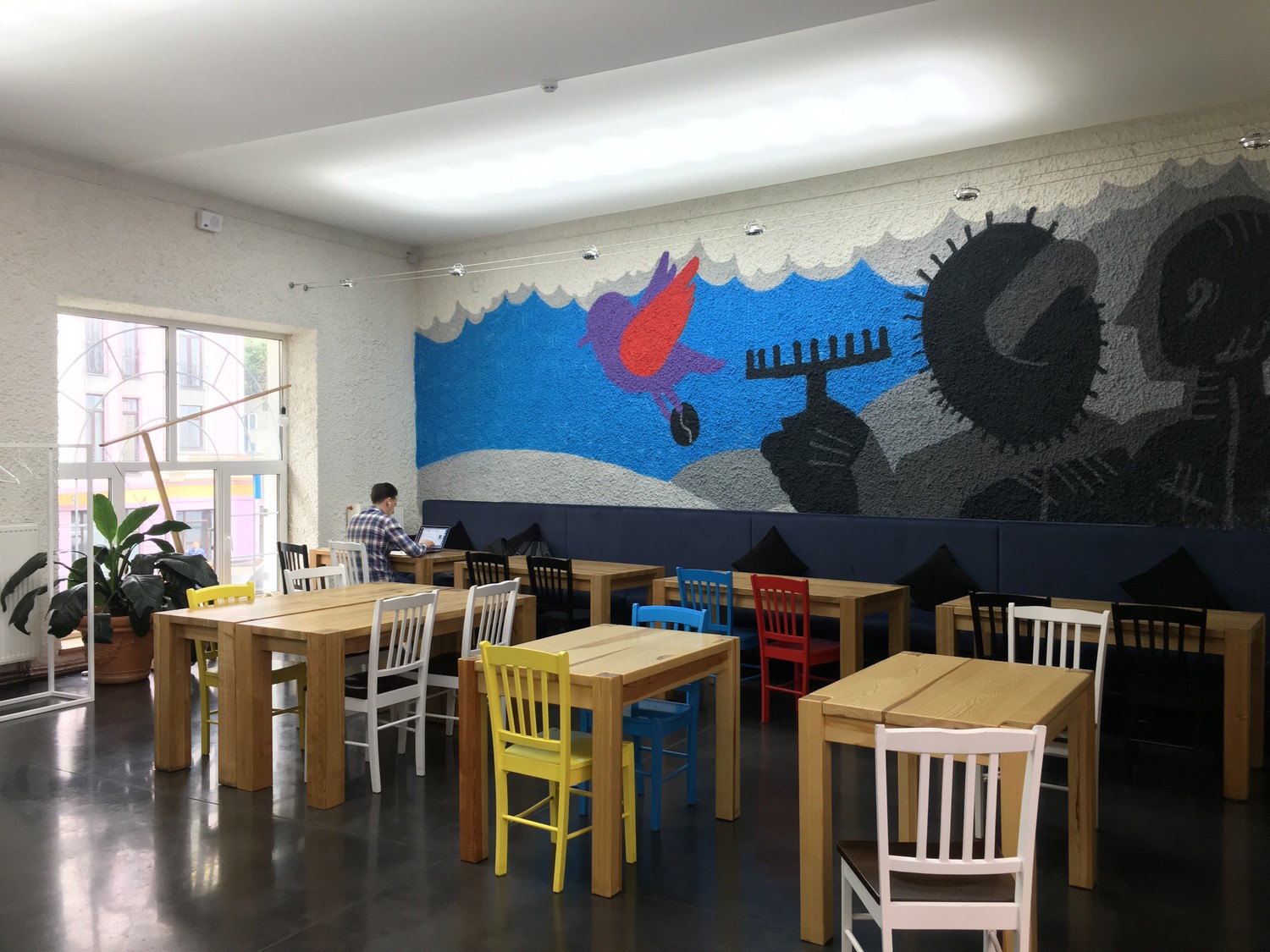
Cafe Hopping in Ukraine: Fair Finch
There is another story
Getting a bit back down-to-earth, it probably won’t matter how much we try to engage more people in the coffee culture, a large number of Ukrainians still won’t be okay with the price in most modern specialty coffee shops. They don’t see the value in the cup and are fine with random Robusta Americano you can find in some pop-up “espresso points”. The number of people with these preferences is many times greater than of those who would better enjoy a “third wave” cappuccino. The number of people who prefer drinking an instant coffee is even greater. Still, in general, around 80% of Ukrainians drink coffee in any form at least once a day.
Being a specialty coffee devotee is becoming harder now, despite the fact people drink more coffee in general. We face a challenge of coffee chains with low coffee quality and low prices – they make people think that their drinks are tasty only with a ton of sugar and flavorings. Specialty coffee shops struggle while the prices and volumes of coffee sold are incomparable. Another problem now is a pretty harsh market environment – the rent for most places suitable for opening a coffee shop is high and it is nearly impossible for a small independent coffee shop entrepreneur to successfully maintain the business for time longer than a year without outside investments. And chains take the places of closed coffee shops.
But we keep going. I’ve seen three new coffee places with a third wave vision opening this month. As a part of world’s coffee community that we’re happy to be, we’re on our way to make coffee better. Every coffee event brings more coffee maniacs together and that’s spectacular. Ukrainians don’t only discuss their cafes, they also discuss about other matters. We look for new inventions and try to use them, we gather new ideas and try to implement them in best way. We create new concepts that we’re going to use as presentations on our next Championships. We compete in the Championships. We prepare, struggle, cheer, lose, win. We dream and work to make our dreams come true. Ukraine is a country that has a long history and traditions with coffee. Now we have the ability to make the history and create new traditions.
This article is published in the Issue 61 of CTI Magazine. You can read the full story (with detailed info about the cafes in Ukraine) here.



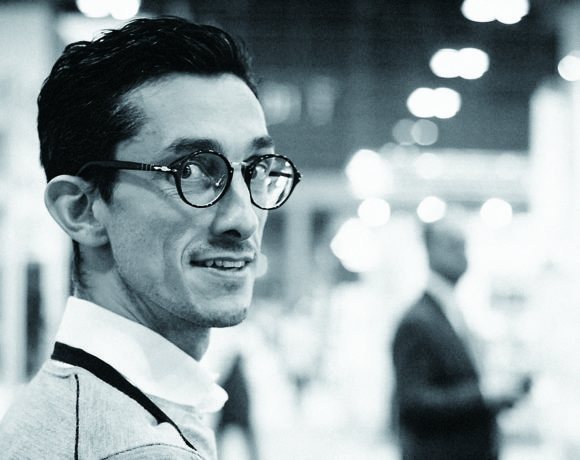
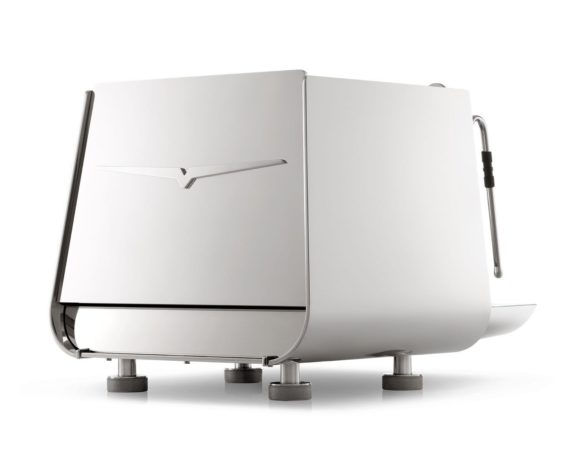







NO COMMENT